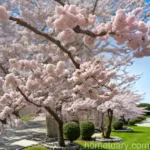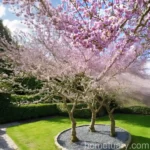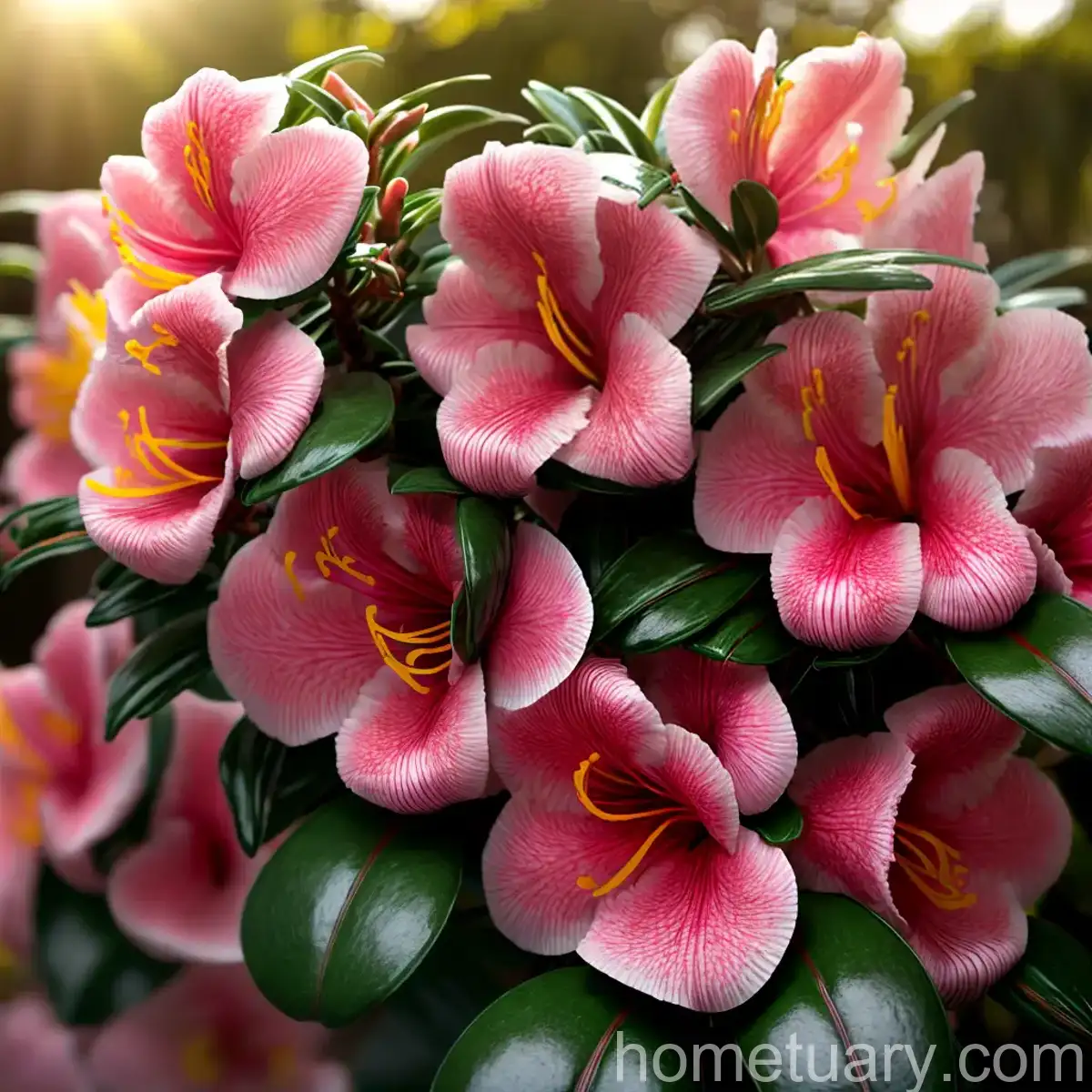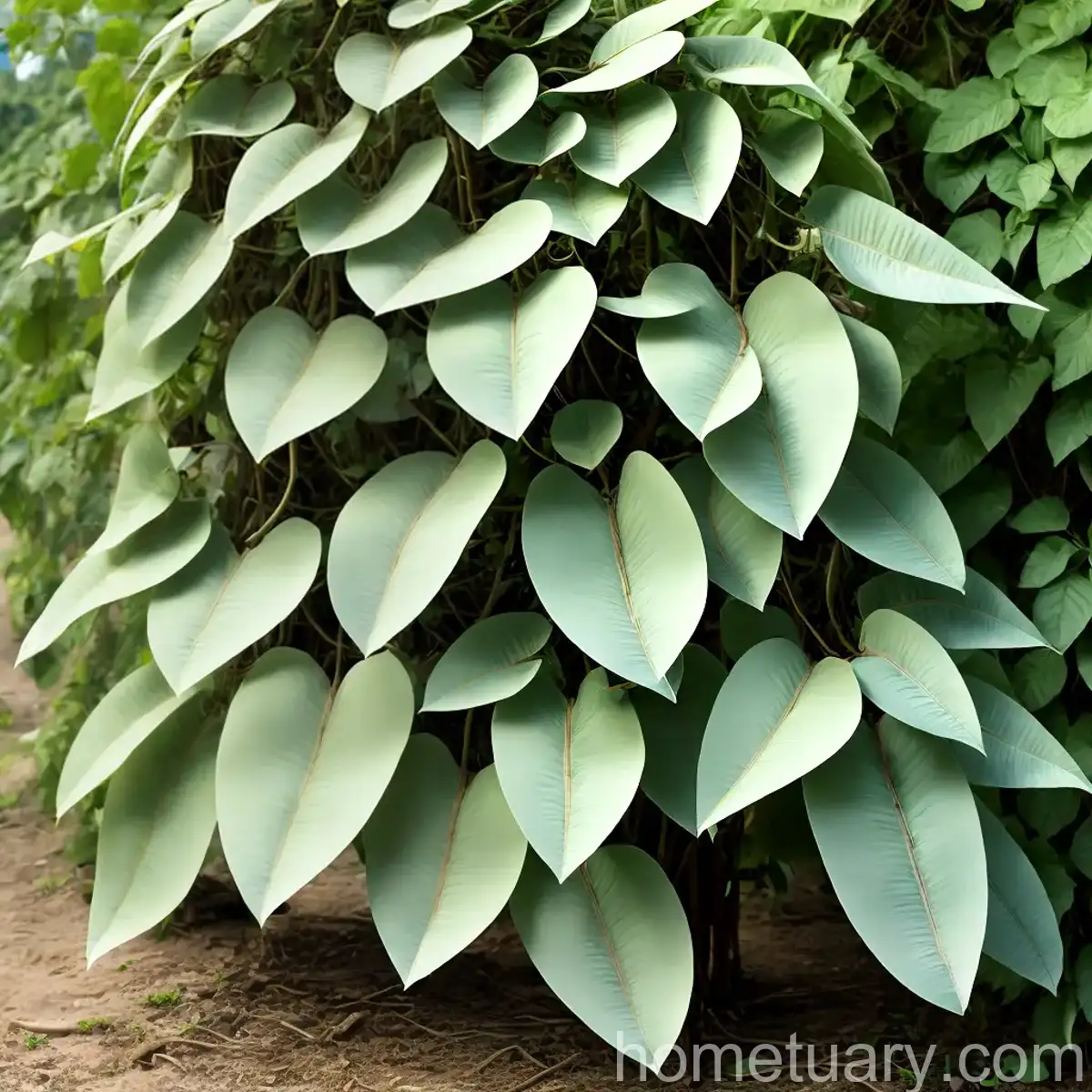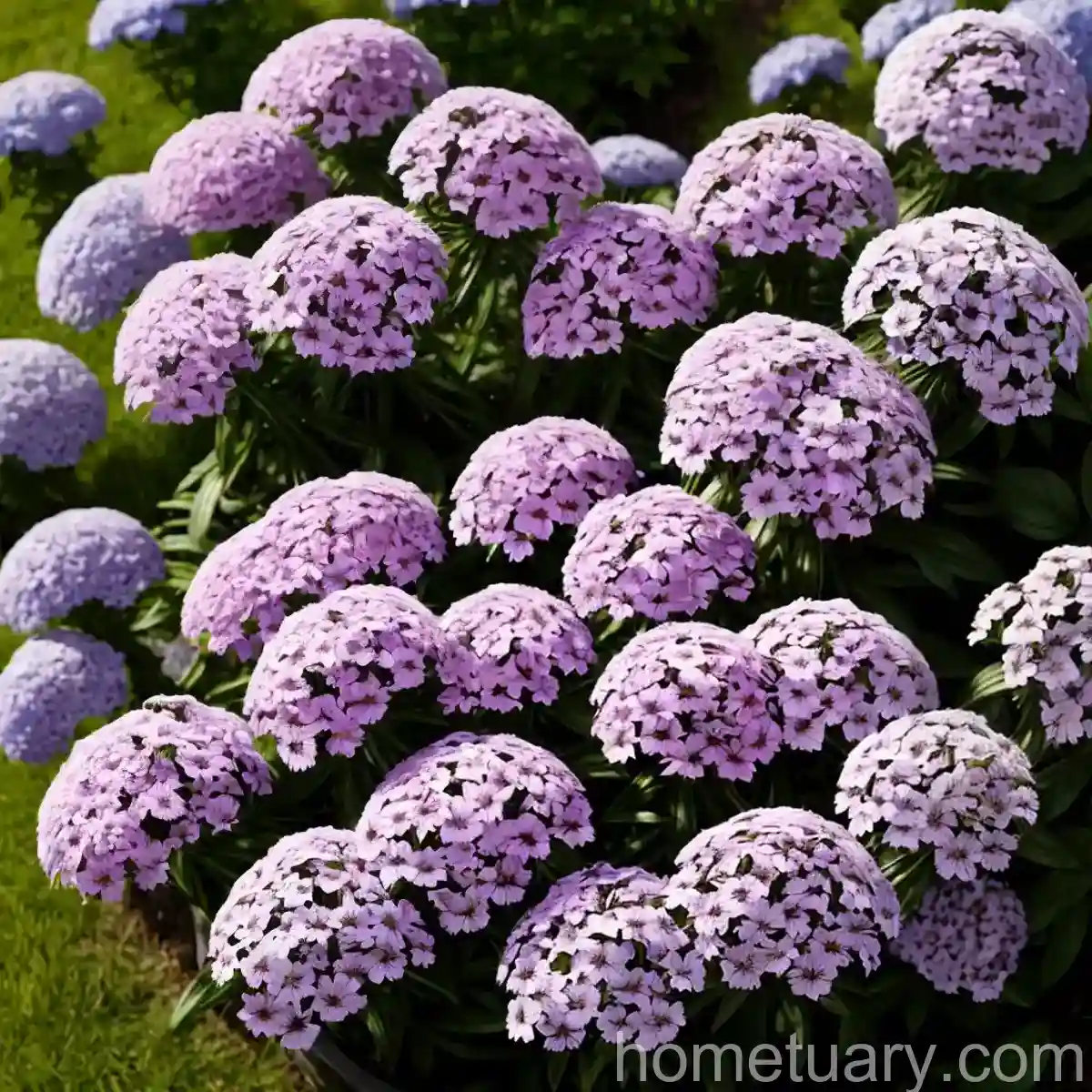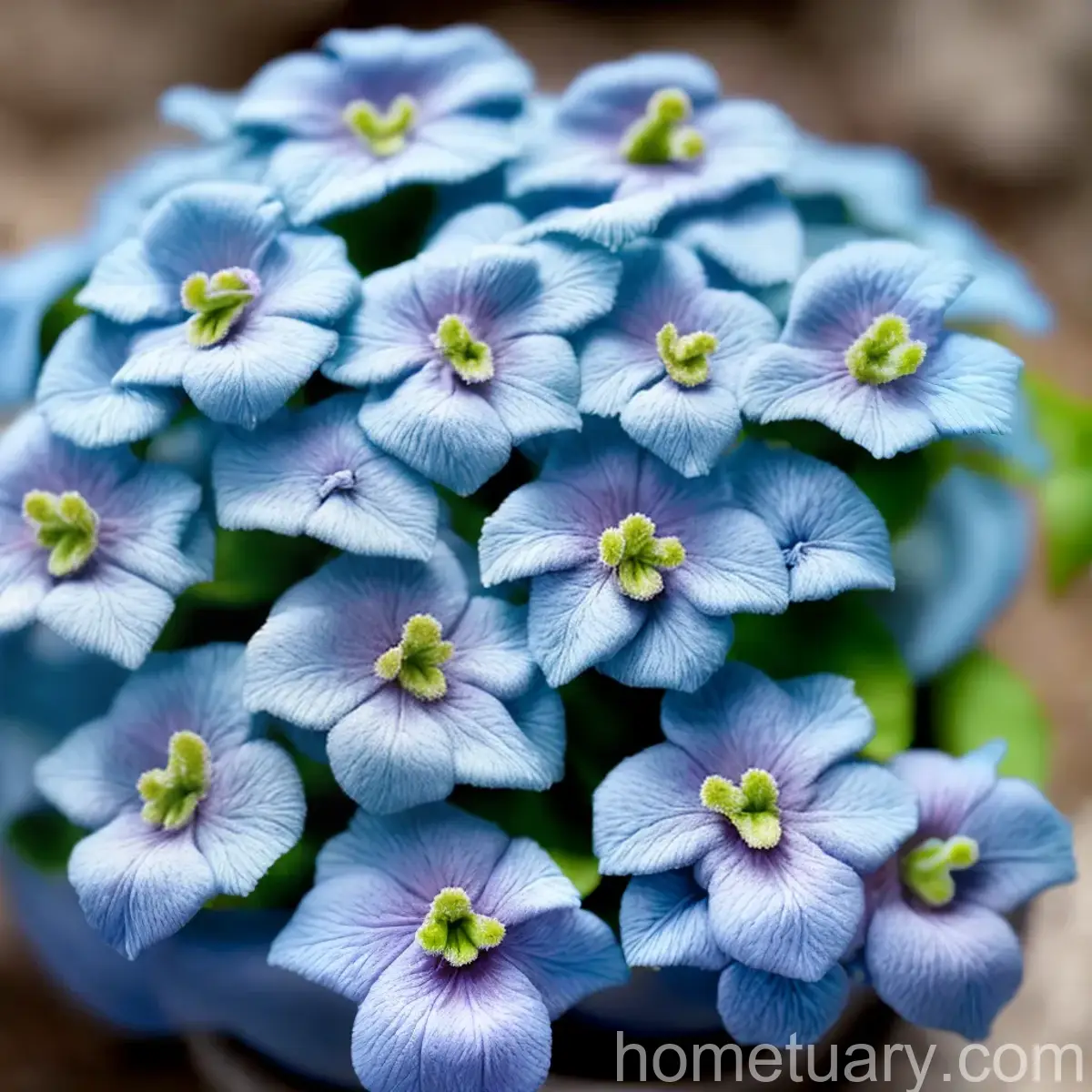The Cherry Laurel (Prunus laurocerasus): A Versatile and Beautiful Plant
The cherry laurel, scientifically known as Prunus laurocerasus, is a highly versatile and attractive plant that has been revered for its various uses and benefits. Belonging to the Rosaceae family, this evergreen shrub is native to regions of Asia and parts of Europe, where it has traditionally been used for both ornamental and practical purposes. In this comprehensive guide, we will delve into the culture, uses, care, and fun facts about the cherry laurel, shedding light on its significance in landscaping, gardening, and beyond.
What is the Cherry Laurel (Prunus laurocerasus)?
Prunus laurocerasus, commonly known as the cherry laurel, English laurel, or common laurel, is a species of evergreen shrub in the genus Prunus. It is native to regions including the Balkans, Turkey, and Western Asia, where it thrives in a variety of habitats from dry woodlands to moist, shady areas. With its dense foliage, fragrant flowers, and lustrous berries, the cherry laurel is often sought after for its ornamental qualities. Additionally, it has a rich history of use in traditional medicine and culinary applications.
Key Takeaways – Cherry Laurel (Prunus laurocerasus)
Before delving into the details of growing and caring for cherry laurel, let’s understand the key takeaways regarding its uses and characteristics. The following points encapsulate the essence of this versatile plant:
- Cultural Significance: The cherry laurel holds cultural significance in various regions due to its traditional uses in medicine and folklore.
- Adaptability: Prunus laurocerasus is adaptable to a wide range of environmental conditions, making it a valuable addition to gardens and landscapes.
- Ornamental Value: Its glossy, dark green leaves, fragrant blossoms, and attractive fruits contribute to its widespread use as an ornamental plant.
- Practical Applications: In addition to its ornamental uses, cherry laurel is valued for its practical benefits such as erosion control and wildlife support.
- Care Requirements: Understanding the specific care requirements for growing and maintaining cherry laurel is essential for its successful cultivation.
With these key takeaways in mind, we will now embark on a detailed exploration of the culture, uses, care, and fun facts related to the cherry laurel.
Culture
Uses
The cherry laurel, with its versatile attributes, serves a myriad of uses that span from traditional practices to modern applications. Understanding its diverse uses is essential for appreciating the full scope of its value. The following are some notable uses of Prunus laurocerasus:
- Traditional Medicine: In traditional herbal medicine, various parts of the cherry laurel have been used for their medicinal properties. The leaves, in particular, have been employed for their purported benefits in alleviating respiratory conditions and promoting overall wellness.
- Culinary Applications: The cherry laurel leaves have been utilized in culinary practices, imparting a distinct flavor to certain dishes. They are often used in small quantities due to their potency.
- Ornamental Plant: With its evergreen foliage, fragrant white flowers, and dark purple berries, cherry laurel is extensively used as an ornamental shrub in gardens, parks, and landscapes.
- Wildlife Support: The dense foliage of cherry laurel provides cover and nesting sites for various bird species, contributing to the biodiversity of the ecosystem.
- Erosion Control: Due to its dense root system and rapid growth, cherry laurel is effective in stabilizing soil on slopes and preventing erosion.
Water
When it comes to water requirements, cherry laurel is relatively adaptable, displaying moderate drought tolerance once established. However, during the initial phases of growth and establishment, consistent moisture is essential. It is important to strike a balance, ensuring that the soil is well-drained to prevent waterlogging, yet adequately moist to support healthy growth. Adequate watering during dry spells and particularly hot periods is crucial to prevent stress and maintain optimal vigor.
Sunlight
Cherry laurel thrives in partial to full sunlight, making it suitable for a range of light conditions. It is essential to ensure that the plant receives adequate sunlight, especially during its formative stages. In regions with intense summer heat, providing some shade during the hottest part of the day can mitigate potential stress on the plant. Finding the right balance of sun exposure based on the local climate is key to promoting robust growth and flowering.
Fertilizer
When it comes to fertilizer, cherry laurel benefits from a balanced, slow-release fertilizer that provides essential nutrients without promoting excessive, rapid growth. Prior to applying any fertilizer, it is advisable to conduct a soil test to gauge the specific nutritional needs of the site. This information can guide the selection of a suitable fertilizer formulation and application rates. Furthermore, applying organic mulch around the base of the plant can contribute to soil health and nutrient availability.
Soil
The cherry laurel thrives in well-draining, fertile soil. It is adaptable to various soil types, but it generally performs best in loamy, slightly acidic to neutral soil. However, it is crucial to avoid waterlogged or extremely dry soils, both of which can have detrimental effects on the plant’s health. Amending the soil with organic matter such as compost can improve its texture and fertility, creating an optimal growing environment for cherry laurel.
Pruning
Pruning is a fundamental aspect of cherry laurel care, contributing to its overall health, shape, and aesthetic appeal. Regular pruning can help maintain a desirable size and shape, remove dead or diseased branches, and promote denser growth. Proper pruning techniques, including the timing and tools used, are essential to prevent damage and ensure the best results. Additionally, shaping the plant through careful pruning can enhance its suitability for hedges, topiaries, or other ornamental features.
Propagation
Cherry laurel can be propagated through various methods such as seed propagation, semi-hardwood cuttings, or layering. Each method has its own set of requirements and considerations, influencing the success rate of propagation. Understanding the specific requirements for successful propagation is essential, enabling gardeners to expand their stock of cherry laurel and share its benefits with a wider audience.
Container Popularity
In addition to being grown in traditional garden settings, cherry laurel is well-suited to container cultivation. Its adaptability to containers opens up opportunities for urban and small-space gardening, where it can serve as an ornamental feature on patios, balconies, or rooftops. In container settings, providing adequate drainage, regular watering, and suitable potting mix is essential to ensure the health and vigor of the plant.
Common Diseases
Like all plants, cherry laurel is susceptible to certain diseases that can impact its health and appearance. Understanding the common diseases affecting Prunus laurocerasus is crucial for implementing effective preventive measures and timely interventions. The following are some prevalent diseases that can affect cherry laurel:
- Powdery Mildew: This fungal disease manifests as a powdery, white coating on the leaves, often leading to stunted growth and reduced vigor. It thrives in humid conditions and can be managed through proper ventilation and the use of fungicidal treatments.
- Leaf Spot: Various fungal pathogens can cause leaf spot, resulting in dark spots or lesions on the leaves. It can lead to defoliation and reduced plant vitality, particularly in environments with high humidity. Organic fungicidal sprays and cultural practices can help manage leaf spot.
- Canker Diseases: Canker diseases can cause sunken, discolored lesions on the bark and wood of the tree, potentially leading to wilting and dieback. Pruning affected branches and promoting overall plant health through proper care can help manage canker diseases.
Understanding the symptoms and specific management strategies for these diseases is essential to maintain the health and vitality of cherry laurel in garden and landscape settings.
Disease Diagnosis
Diagnosing diseases affecting cherry laurel involves careful observation of symptoms, understanding the environmental conditions, and, in some cases, conducting laboratory tests. Common signs of diseases, such as abnormal leaf discoloration, wilting, or unusual growths, can provide valuable clues that aid in pinpointing the specific issue. Consulting with horticultural experts and utilizing diagnostic resources can help accurately identify diseases and develop targeted management approaches.
Common Pests
Cherry laurel is susceptible to infestations by various pests, which can impact its growth and overall health. Understanding the common pests and implementing appropriate pest management strategies is essential for protecting the plant from damage. The following are some notable pests that can affect Prunus laurocerasus:
- Aphids: These small insects can cluster on the leaves and stems, causing distortion and stunted growth. Natural predators, such as ladybugs, and targeted applications of insecticidal soaps can help control aphid populations.
- Scale Insects: Scale insects can attach themselves to the stems and leaves, sucking sap from the plant and causing yellowing and wilting. Applying horticultural oil or insecticidal sprays during the dormant season can help manage scale infestations.
By implementing integrated pest management practices, including cultural, biological, and chemical control methods, gardeners can effectively mitigate pest pressures and maintain the health of cherry laurel plants.
Botanist’s Tips
For those interested in exploring the full potential of cherry laurel and maximizing its ornamental and practical benefits, the following botanist’s tips can offer valuable insights:
- Cultural Diversity: Embrace the diverse cultural uses of cherry laurel, recognizing its historical significance and traditional practices that have been associated with the plant.
- Adaptive Planting: Utilize the adaptability of cherry laurel to enhance gardens, urban landscapes, and natural settings, taking advantage of its ability to thrive in various conditions.
- Conservation Ethic: Recognize the importance of cherry laurel in supporting wildlife and preserving biodiversity, integrating it into wildlife-friendly landscapes and conservation efforts.
- Integrated Pest Management: Adopt holistic pest management approaches, focusing on sustainable, environmentally sound methods to minimize pest impact on cherry laurel.
- Culinary Explorations: Explore the culinary uses of cherry laurel leaves in a controlled and informed manner, appreciating their distinct flavor and potential in various culinary applications.
By leveraging these botanist’s tips, individuals can gain a deeper appreciation for cherry laurel and contribute to its sustainable utilization in diverse contexts.
Fun Facts
To enrich our understanding and appreciation of the cherry laurel, let’s explore some intriguing fun facts about this remarkable plant:
- Fragrant Flowers: The cherry laurel produces clusters of small, fragrant white flowers in late spring, attracting pollinators such as bees and butterflies.
- Versatile Hedge Plant: Due to its dense growth habit and response to pruning, cherry laurel is popularly used as a hedging plant, creating formal or informal hedgerows.
- Toxicity: The leaves and stems of cherry laurel contain toxic compounds, particularly cyanogenic glycosides, posing risks to humans and animals if ingested in large quantities.
- Historical Significance: In ancient Greek mythology, the laurel tree was associated with Apollo, the god of music, poetry, and medicine, symbolizing peace and prosperity.
- Berries for Wildlife: The dark purple to black berries of cherry laurel are consumed by birds, providing a food source and enhancing the ecological value of the plant.
These fun facts offer glimpses into the fascinating attributes and historical connections of the cherry laurel, adding depth to our appreciation of this versatile plant.
In conclusion, Prunus laurocerasus, the cherry laurel, embodies a rich tapestry of cultural, ecological, and horticultural significance. Its adaptability, diverse uses, and ornamental value make it an invaluable asset in gardens, landscapes, and cultural traditions. By understanding its culture, uses, care requirements, and fascinating attributes, we can nurture a deeper appreciation for the cherry laurel and its role in enriching our natural and cultural landscapes.
For further exploration of cherry laurel and related topics, we encourage you to explore the following external resources:
We hope this comprehensive guide has provided valuable insights and inspiration for incorporating cherry laurel into your horticultural pursuits and enjoying its diverse benefits.




